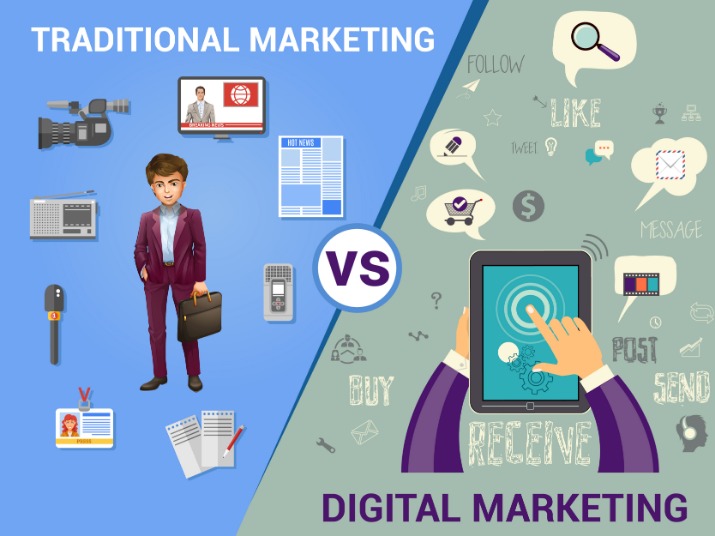The proliferation of technology has created a convergence between marketing and gaming, leading to innovative strategies that captivate audiences and drive unparalleled engagement. As the gaming industry continues to expand, marketers are devising ingenious ways to tap into this vibrant market.
The Evolution of In-Game Advertising
Traditional advertising methods are being supplanted by immersive in-game ads. These ads, seamlessly integrated into the gaming environment, enhance rather than disrupt the https://webello.it/ player experience. This form of marketing in gaming leverages the storytelling and interactive elements of games, making ads more engaging and memorable.
Product Placement in Virtual Worlds
Product placement within games is becoming a common approach to in-game advertising. Brands are placing their products in high-traffic gaming environments where they can be naturally integrated into the gameplay. This subtle form of marketing ensures increased brand visibility without detracting from the gaming experience.
Esports: A New Frontier for Marketers
The rise of esports has opened new avenues for marketing. Tournaments boast millions of viewers, presenting enormous opportunities for brands to connect with a young and engaged demographic. Sponsorship deals, branded content, and exclusive in-game items are just a few ways brands are leveraging esports for increased exposure.
Influencer Partnerships and Game Streaming
Gaming influencers and streamers hold significant sway over their audiences. By partnering with these influencers, brands can reach a vast community of dedicated players. Sponsored streams, product endorsements, and co-branded content allow for authentic connections and heightened brand loyalty.
Gamification in Marketing Campaigns
Applying game design elements in non-gaming contexts, known as gamification, is transforming traditional marketing strategies. Brands create interactive campaigns that reward consumer participation, fostering engagement and loyalty. Points, leaderboards, and rewards systems mirror the compelling mechanics of games, ensuring consumers remain invested.
Interactive Ad Campaigns and AR Experiences
Marketers are increasingly experimenting with interactive ads and augmented reality (AR) experiences to capture gamers’ attention. These interactive campaigns turn users into active participants, offering a more engaging and memorable experience. AR, in particular, bridges the physical and digital world, bringing products to life in new and exciting ways.
Data-Driven Strategies: Understanding the Gamer Demographic
The gaming industry’s diverse audience requires targeted and personalized marketing approaches. Data analytics helps marketers understand gamer behavior, preferences, and spending patterns. This data-driven approach ensures that marketing efforts are tailored to meet the specific needs of different gamer segments.
User-Generated Content and Community Building
Encouraging user-generated content (UGC) is an effective strategy in gaming communities. Gamers often create and share content centered around their favorite games, providing authentic brand promotion. Fostering a sense of community through forums, social media, and in-game features strengthens brand presence and consumer loyalty.
In conclusion, the fusion of marketing and gaming presents boundless opportunities for innovative and immersive brand experiences. As the gaming landscape evolves, so too must marketing strategies, ensuring they remain dynamic and engaging in an ever-growing digital world.




